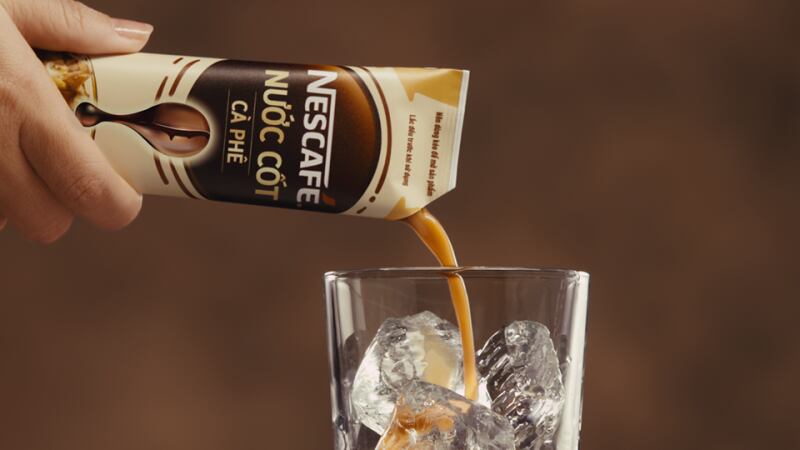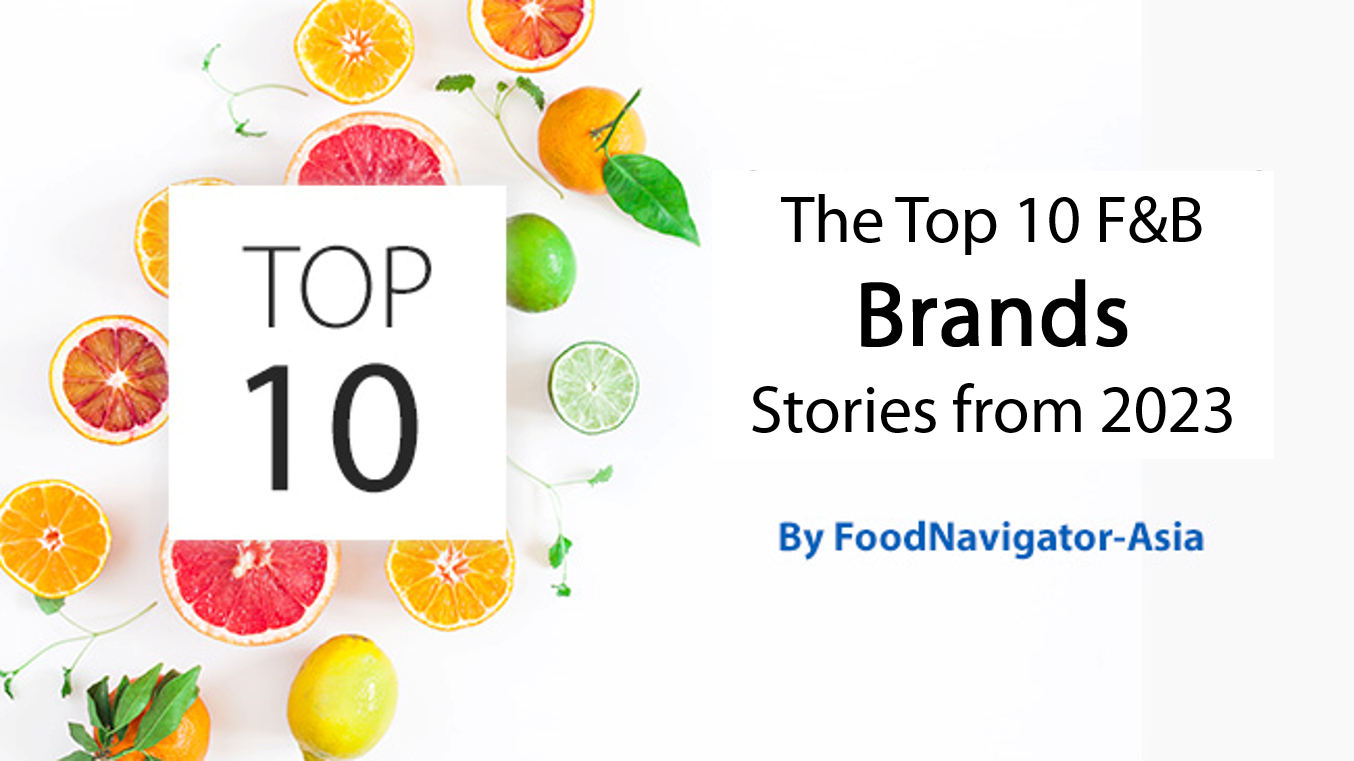According to the firm, Nescafe’s core strength lies in its instant powdered coffee business which continues to remain its keystone coffee range throughout Asia, but it has also stepped up its new format and product innovation to keep up with the latest trends and consumer demands.
“Vietnam in particular is a country with a very rich coffee culture, and there have also been some novel popular trends emerging over the past few years,” Nestle Vietnam Business Executive Officer Mostafa Youssef told FoodNavigator-Asia.
“Cold coffee tends to be more popular here, and interestingly there has also been a movement towards liquid coffees – which is why we have recently launched a new innovation in the form of a coffee concentrate in a stick.
“The convenience factor is strong with these as all consumers need to do is open up the coffee stick, pour over ice – and that’s all done, they can enjoy a very quick cup of coffee with no need to source hot water to dissolve powder or dilute the coffee unless they want to.”
The Nescafe Coffee Concentrate is considered a ready-to-serve product as opposed to ready-to-drink, due to the recommended serving method of adding ice. It has been launched in two variants – black coffee and milk coffee, both of which retain the traditional taste and aroma of local Vietnamese coffee beans.
When asked whether there is any potential for this more modern format of coffee consumption to overtake the traditional Vietnamese culture of drip coffee, Youssef highlighted that this is unlikely in the near future but there is definitely room for both to coexist comfortably in the local coffee industry depending on consumer needs.
“At the moment, the market in Vietnam is still very much dominated by traditional authentic coffees namely the ca phe sua (milk coffee) and ca phe den (black coffee), which make up 90% of consumption here,” he said.
“These traditional products continue to remain very popular because here in Vietnam, a good cup of authentic coffee is available just about anywhere, at any time with many, many cafes available as well as via online ordering to consume at home.
“These novel products come into play for more added convenience and modern tastes, particularly with office-going, younger consumers who want to save as much time as possible and have their coffee in their bags and on-hand.”
Nescafe Coffee Concentrate is available on both online and offline platforms across Vietnam, including mainstream supermarkets and convenience stores.
Flavours of attraction
The Nescafe brand is already widely recognised across Vietnam, both in urban and rural areas, but the firm is looking to further penetrate the younger consumer demographic by introducing more new product flavours and formats.
“Nescafe is a powdered business we will continue focusing there, but we are always keeping an eye on emerging trends like salted coffee, RTD products and convenient concentrates,” he added.
“Another exciting way to recruit new consumers is flavours – this is especially so when looking at the Gen Z consumers who are still making their way in their coffee journey, so it probably is not easy for them to go directly for a black cup of coffee as their first choice.
“But if we provide products like milk coffee with say a coconut flavour or an almond flavour as part of our portfolio, this will go a long way to address this for them – some others we are also looking at are salted coffee, mocha, caramel and more.”





